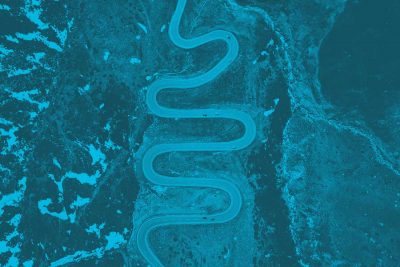R&D Tax Credit Myths Debunked: Agriculture Edition
The federal Research & Development tax credit has increased in popularity over the past few years. The combination of enhanced saving opportunities combined with expanded eligibility criteria has meant more companies are taking advantage. In fact, it was found that between 2000 and 2018, the number of recipients of this tax credit almost doubled from 10,500 to over 26,000. Despite this sharp increase, many eligible organizations still overlook the credit because of misunderstandings about the program details. Unfortunately, these myths about the credit have prevented more companies, especially those in the agriculture sector, from taking advantage of this lucrative incentive. To help clients, prospects, and others, JLK Rosenberger has provided a summary of the most common myths, along with key points below.
Myth 1: Agriculture has been around for thousands of years. We don’t do anything new or innovative.
FALSE! Agriculture, from the beginning of time, has been the definition of R&D. Although science now understands plant genetics, we are still experimenting with different seed varieties, seed treatments, growing methods, and much more. Section 41(d) of the Internal Revenue Code (IRC) clearly states that qualified research means research undertaken for the purpose of discovering information that is technological in nature, and the application of which is intended to be useful in the development of a new or improved business component of the taxpayer, and substantially all the activities of which constitute elements of a process of experimentation.
Myth 2: We need a formal R&D department.
FALSE! This common myth has left many otherwise eligible businesses, including farmers, from taking advantage of this important tax savings opportunity. It is not a requirement to have a formal research and development function or department to qualify. The main requirement is that the criterion outlined in Section 41(d) is satisfied, which includes the four-part test. This includes the following:
- Permitted Purpose– The purpose of the research must be towards the creation of a new or improved product, process, technique, invention, software, or formulation (or “business component”) resulting in increased performance, quality, or reliability.
- Uncertainty – The research must eliminate uncertainty about the capability, design, or method related to the development of a new/improved product, process, or component. Since regulations do not require that the taxpayer successfully eliminate the uncertainty, proof of resolution is not required to meet this test.
- Technological in Nature– Essentially, this requires that the process of experimentation was founded in, or fundamentally relies on, hard science principles. Examples include those found in engineering, physics, chemistry, biology, or computer science.
- Process of Experimentation – Requires that uncertainty must be eliminated through a process of experimentation which may include an iterative process, trial, and error, use of the scientific method, simulation, modeling, or any approach involving the analysis of alternatives.
Myth 3: We need a formal paper trail or research results.
FALSE! Although there is a requirement that R&D credits claimed must have substantiation. There is no requirement as to the type of documentation. Each industry is unique; therefore, the type of documentation is also unique to the business. At JLK Rosenberger, we work with each client to understand their business processes and substantiate R&D credit claims by gathering of documents, including purchase orders, feed tickets, flock reports, photographs, design layouts, sketches, and more.
Contact Us
The unfortunate reality is that many agribusinesses are missing out on the opportunity to realize significant federal tax savings. It may come as a surprise to many, but the company may already have qualifying activities. If you have questions about the federal Research & Development tax credit or need assistance evaluating eligibility, JLK Rosenberger can help. For additional information, call us at 949-860-9208 or click here to contact us.
